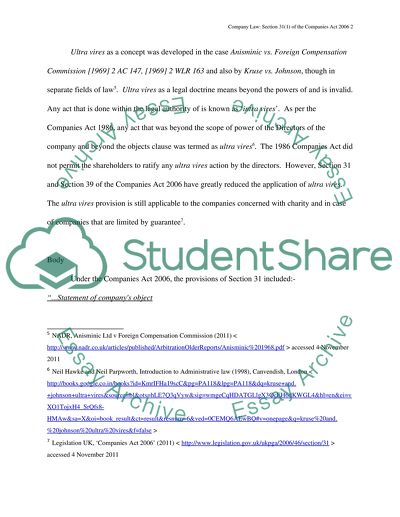Cite this document
(“Company Law: Section 31 of the Companies Act 2006 Coursework”, n.d.)
Company Law: Section 31 of the Companies Act 2006 Coursework. Retrieved from https://studentshare.org/law/1435182-ypsection
Company Law: Section 31 of the Companies Act 2006 Coursework. Retrieved from https://studentshare.org/law/1435182-ypsection
(Company Law: Section 31 of the Companies Act 2006 Coursework)
Company Law: Section 31 of the Companies Act 2006 Coursework. https://studentshare.org/law/1435182-ypsection.
Company Law: Section 31 of the Companies Act 2006 Coursework. https://studentshare.org/law/1435182-ypsection.
“Company Law: Section 31 of the Companies Act 2006 Coursework”, n.d. https://studentshare.org/law/1435182-ypsection.


